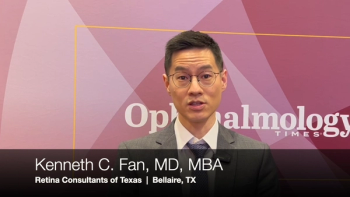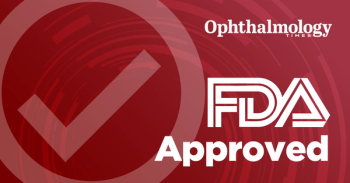
Laser, crosslinking at forefront of 2011
This year was one in which the femtosecond laser and its applications in refractive and cataract surgery and variations in the applications of crosslinking really began to blossom.
This year was one in which the femtosecond laser and its applications in refractive and cataract surgery and variations in the applications of crosslinking really began to blossom. However, because of the newness of these technologies, in many cases, definitive conclusions about the benefits of the technologies might have to wait for the results of later clinical trials.
"Perhaps 2011 can be considered the doorstep to the new technologies," said Uday Devgan, MD, FACS, chief of ophthalmology, Olive View UCLA Medical Center; associate clinical professor of ophthalmology, Jules Stein Eye Institute, UCLA; and in private practice at Devgan Eye Surgery, Los Angeles. "Ophthalmologists have taken the first steps in using and evaluating new products and technologies, but we're still learning and clearly have not yet mastered them."
Both Eric D. Donnenfeld, MD, and Dr. Devgan believe that the advent of the femtosecond laser in cataract surgery was the biggest advance in 2011.
"This technology opens up the opportunities for many ophthalmologists to consider performing refractive IOL surgery who have not had the ability to treat astigmatism in these patients in the past," he added. "This will be a huge boon for multifocal IOLs and accommodating IOLs."
"This device allows surgeons to measure patients' astigmatism and IOL power during surgery," Dr. Donnenfeld said. "The arcuate incisions can be created and then opened sequentially during surgery with intraoperative aberrometry control to titrate and adjust the astigmatism during the cataract extraction [and] to improve visual outcomes. The results with this technique of femtosecond incisions guided by intraoperative aberrometry have resulted in a dramatic improvement in post-cataract surgical outcomes."
Newsletter
Don’t miss out—get Ophthalmology Times updates on the latest clinical advancements and expert interviews, straight to your inbox.



















































.png)


